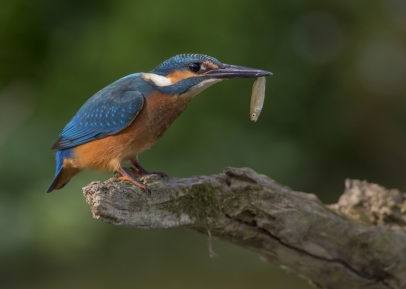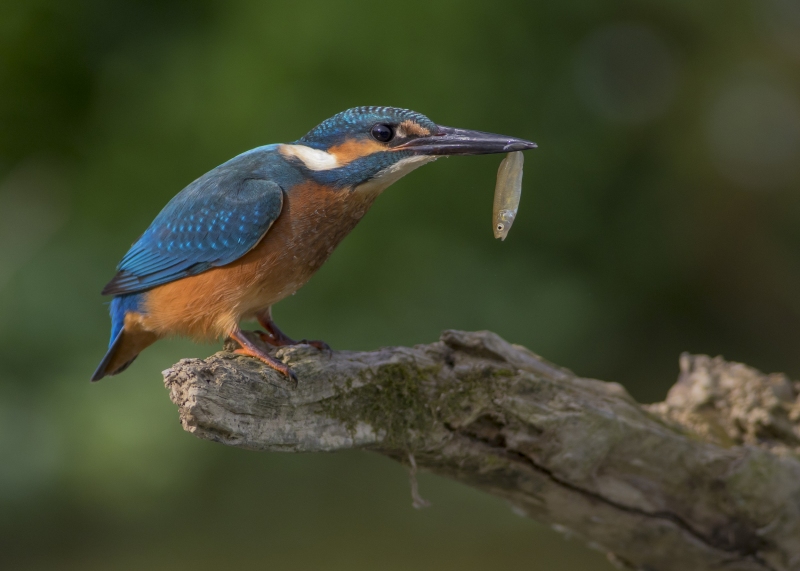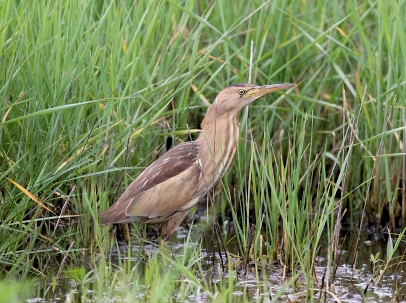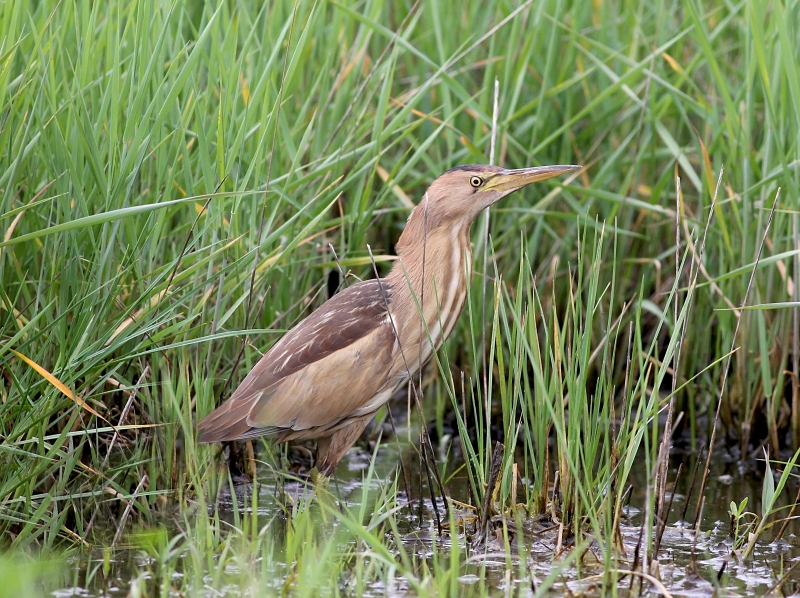Water birds
The group of water birds includes species that mainly live on or around water. Typical water birds are various species of ducks, herons, rails and grebes. Waterfowl is the common name for ducks, swans and geeses. The mallard duck (Anas platyrinchus) is the most common duck species, easily found in most major standing waters. The greylag goose (Anser anser) is very rare breeding bird in whole country and Ledavsko lake is among few of its nesting places in Slovenia. The mute swan (Cygnus olor) builds its nest at the edge of the water from the waterside vegetation. In winter months Ledavsko and Hodoš lake are important overwintering places for Northern European waterfowl like common pochard (Aythya ferina) and tufted duck (Aythya fuligula). In the spring the mating display of the great crested grebe (Podiceps cristatus) and the territorial persecution of coots (Fulica atra). In the dense reed great reed warbler (Acrocephalus arundinaceus) and Savis warbler (Locustella luscinioides) sing loudly. The reeds are home to water rail (Rallus aquaticus). Water rail mainly feed on small crustaceans, leeches, worms and insects. Even rarer is the little crake (Porzana parva).
Common kingfisher (Alcedo atthis) is up to 19 cm tall colorful bird. The feathers on the belly are orange-red, while the head, back and wings are bright blue-green. The legs are reddish in color and are still gray in the pups. The kingfisher is often heard during the year when it whistle with short and sharp sound.

Eurasian kingfisher
Author: dr. Tomi Trilar
Slovenian Wildlife Sound Archive, Slovenian Museum of Natural History
It feeds on fish and aquatic invertebrates, such as dragonflies, crustaceans and molluscs. The kingfisher is widespread throughout Eurasia, North Africa and Oceania. In Slovenia it nests along rivers and wider streams. In Goričko it is most easily seen along Velika Krka. It is a protected species with the status of a potentially endangered species (E2), which is most endangered by the regulation of watercourses by bank consolidation. Kingfisher is a partially migratory and can migrate to the southern regions or to the coast during the harsh winters.

Kingfisher ![]() J. Novak
J. Novak
Little bittern (Ixobrychus minutus) is up to 35 cm high bird from the heron family. Typical habitat of the little bittern are reedbeds where it breeds and forage for fishes, amphibians and insects.

Little bittern
Author: dr. Tomi Trilar
Slovenian Wildlife Sound Archive, Slovenian Museum of Natural History
Males have black on crown, back and tail while the underparts are pale puff. The female have streaked underparts. It is a long-distance migrant that overwinters in sub-Saharan Africa. It lives in Europe, North Africa, the Middle East to West Asia. In Slovenia, it is a rare nesting bird, which is most endangered by degradation, disappearance and dehydration of wetlands and removal of the reedbeds and disturbances during nesting. It has the status of a highly endangered species.

Female little bittern ![]() A. Ploj
A. Ploj
The white-tailed eagle (Haliaeetus albicilla) is with a wingspam of 245 cm the largest eagle in Europe. It grows up to 90 cm in height and weighs up to 6 kg. The feathers on the body are brown, only the tail feathers of adult birds are white, hence the name.A large and pronounced beak and strong legs are two recognizable characteristics.It predominately feeds on waterfowl.It is widespread in Eurasia, where the largest populations of white-tailed eagle live in Norway and Russia. In Slovenia, it is a rare nesting bird of the floodplain forests along large rivers. It has the status of a critically endangered species (E1) and decades ago the species was on the verge of extinction because of the effects of bioaccumulation of toxic substances in the body when eating fish and waterfowl from polluted waters.
Sedge warbler (Acrocephalus schoenobaenus) is a small, up to 13 cm high and up to 12 g heavy bird, but an exceptional flyer with migration up to 3860 km each year. Its back is a brown with black stripes, underparts are light brown and has a characteristic light supercilium.
Sedge warbler
Author: dr. Tomi Trilar
Slovenian Wildlife Sound Archive, Slovenian Museum of Natural History








